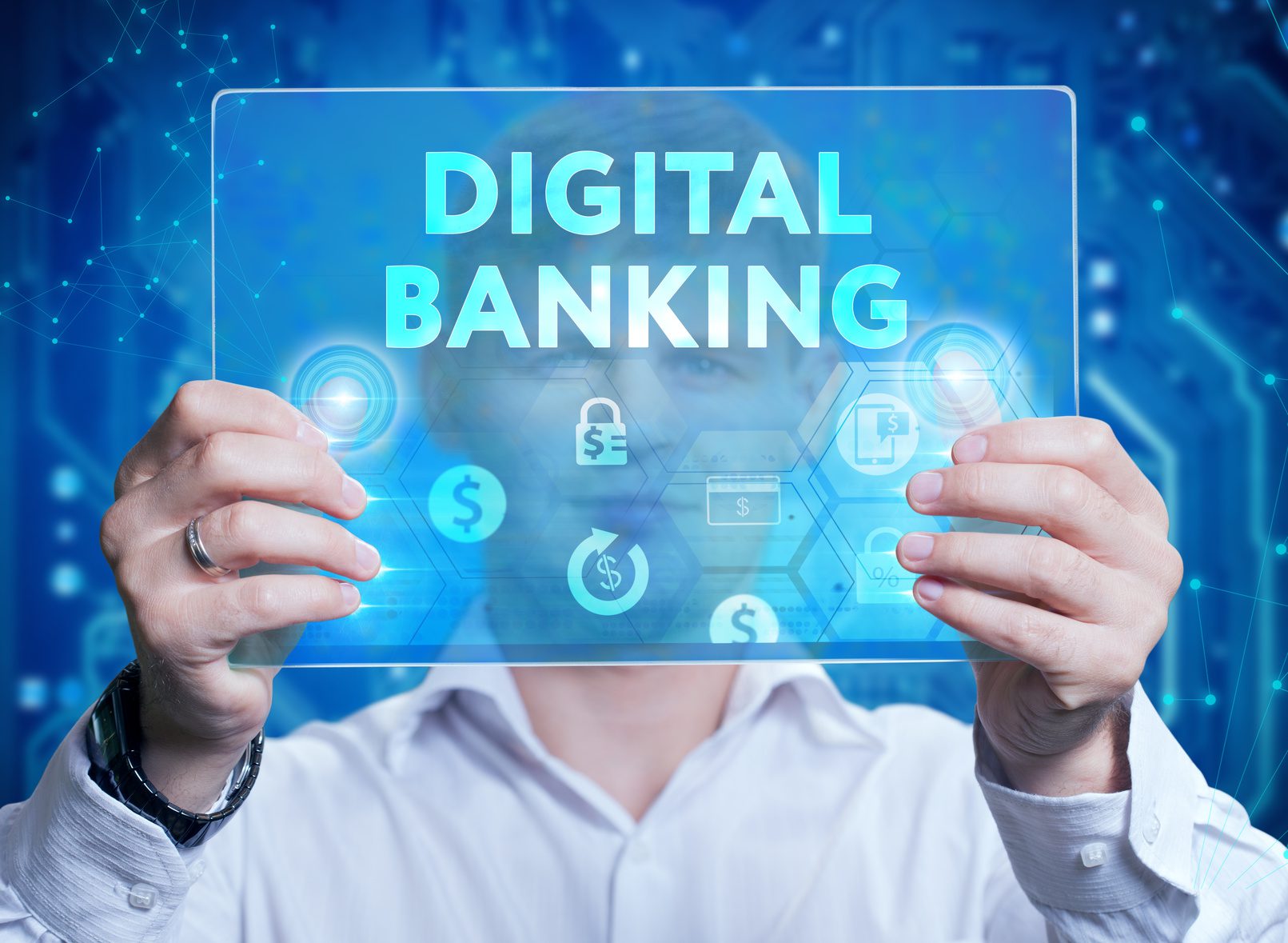
What Is Digital Banking?
Digital banking refers to the digitization of all traditional banking activities and services that were historically available only at physical bank branches. This includes everything from opening an account and transferring funds to applying for loans and managing investments—now accessible online or via mobile apps.
Unlike online banking, which is often just an extension of a traditional bank, true digital banks (often called neobanks or challenger banks) operate entirely online, without physical branches.
Key Features of Digital Banking
1. 24/7 Access
Customers can access their accounts, check balances, and complete transactions at any time, from anywhere in the world.
2. Mobile Apps
User-friendly mobile banking apps offer everything from instant transfers to budgeting tools and biometric login for enhanced security.
3. Automated Services
Digital banks utilize AI-powered chatbots and automated systems for customer service, fraud detection, and financial advice.
4. Paperless Onboarding
Opening a bank account now takes minutes, with digital identity verification and electronic documentation.
5. Instant Payments
Real-time payments and transfers make traditional banking delays a thing of the past.
Benefits of Digital Banking
-
Convenience: No need to visit a branch—everything is accessible online.
-
Lower Costs: With reduced overheads, digital banks often offer lower fees and better interest rates.
-
Speed: Transactions and approvals are processed faster.
-
Personalized Services: AI-driven insights provide tailored financial advice and spending analysis.
-
Security: Advanced encryption, multi-factor authentication, and fraud detection tools protect user data.
Types of Digital Banking Services
-
Retail Digital Banking: For individual consumers—includes checking accounts, personal loans, and mobile payments.
-
Corporate Digital Banking: Tailored for businesses—includes bulk payments, payroll services, and cash flow management tools.
-
Neobanks: Fully aysegulirem.com without physical branches (e.g., Revolut, N26, Chime).
-
Digital Wallets: Apps like Apple Pay, Google Pay, and PayPal allow users to make payments without using cash or cards.
Challenges in Digital Banking
-
Cybersecurity Risks: Constant threat of data breaches and fraud.
-
Tech Adoption: Some customers may struggle to adapt to purely digital platforms.
-
Regulatory Compliance: Must meet strict financial regulations and data protection laws.
-
Lack of Personal Interaction: Some users still prefer face-to-face support for complex issues.
The Future of Digital Banking
The future is bright—and digital. Key trends to watch include:
-
AI and Machine Learning: For hyper-personalized banking experiences
-
Blockchain Technology: For secure, transparent transactions
-
Open Banking: Giving third-party providers secure access to banking data via APIs
-
Embedded Finance: Banking features integrated into non-banking platforms (e.g., ride-hailing apps offering loans)
Conclusion
Digital banking is not just a trend—it’s the future of financial services. As banks evolve to meet changing consumer expectations, digital platforms will continue to lead the charge in providing faster, safer, and smarter banking solutions.
Whether you’re a tech-savvy millennial or a small business owner, adopting digital banking can help you manage your finances more efficiently and stay ahead in the fast-paced financial world.
